#Explanation – Blog series: How to create a gender-just healthy planet
An optical focal point is the point on the axis of a lens or mirror to which parallel rays of light converge and from which they appear to diverge after refraction or reflection. The role of a gender focal point is very similar: to bundle and synthesize information, knowledge, ideas and activities relating to gender and to disseminate these among colleagues across the whole organization.

The Gender Focal Point is the key staff member within an organization dealing with its gender mainstreaming strategy and building capacities among his or her colleagues for incorporating gender into their work, in terms of content and processes. The Gender Focal Points role is “advocating for increased attention to and integration of gender equality and women’s empowerment in the agency’s policy and programming” (UN Women Training Centre 2016). Therefore, the Gender Focal Point shouldn’t work alone on gender issues but with a coordination team or committee that meets on a regular basis and is responsible for the coordination, monitoring and evaluation of the organization’s gender mainstreaming strategy (Norad 2015).
Generic responsibilities of the Gender Focal Point include (UN Women Training Centre 2016; ibid.):
- to facilitate or coordinate the development and/or implementation of a gender action plan
- to give technical support for the inclusion of gender issues in programs/projects
- to ensure earmarked funds for gender mainstreaming activities
- to develop capacity by identifying the needs of colleagues for information and training in gender mainstreaming and obtaining relevant documents and training material or gender trainers
- to participate in and contribute to the work of UN inter-agency, donor, NGO and academic networks on gender equality
- to participate actively and contribute to activities of relevant working groups on gender
- to participate in gender communities of practice and gender networks, share information and prepare inputs into global reports, disseminate information among colleagues
Mind you, the person working as the Gender Focal Point doesn’t have to be female! There are more and more male gender experts. In highly technical sectors, such as chemistry and waste, there are arguments for and against engaging a social scientist as the gender focal points. A social scientist usually already has a very good understanding of gender aspects, a technical person with training in gender is more able to speak the technical language of her/his colleagues, understand their work and the culture of the organisation. To overcome the notion that gender is more of a women’s issue and to avoid the marginalization of the gender activities it is also a good strategy to rotate the position – for example every two years, and at high levels in the organisational hierarchy (Norad 2015).
In the past, “[g]ender focal points have often been the most junior female staff members, which sends a message that gender equality is not being taken seriously” (OSAGI 2001). In order to avoid this, ECOSOC Resolution 2004/4 “[r]equests all entities of the United Nations system to enhance the effectiveness of gender specialist resources, gender focal points and gender theme groups, by establishing clear mandates; by ensuring adequate training, access to information and to adequate and stable resources; and by increasing the support and participation of senior staff”. Accordingly, the UN System-wide Action Plan on Gender Equality and the Empowerment of Women (UN-SWAP) requires entities to designate focal points “at the P4 level or equivalent or above”(UN Women 2012) and “at least 20 per cent of their time allocated to focal point functions” (ibid.).
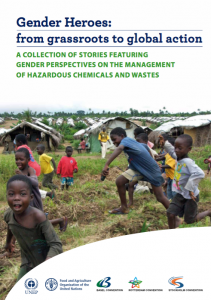
Here are two examples of successful Gender Focal Point activities: The “Gender Heroes” Campaign and the “Gender Pioneers for a Future Detoxified Award” by the BRS Conventions Secretariat and its Gender Coordinator celebrated eleven women and men for their achievements in advancing gender equality and mainstreaming gender issues in the area of chemicals and wastes, and under the UNFCCC even 32 national gender focal points under the UNFCCC have been established so far to support the national inclusion of gender considerations into climate negotiations, implementation and monitoring.
For a new framework on the sound management of chemicals and waste beyond 2020, the creation of a Gender Focal Point would be a groundbreaking step: the Gender Focal Point could coordinate the development of a Gender Action Plan; a multi-stakeholder working group on gender and chemical safety could be established and coordinated ;and capacities of regional/national focal points could be strengthened with regard to sex differences, gender analysis and gender mainstreaming in chemicals and waste management – all of this would help to create a gender-just healthy planet.
other #explanation blogs:
- What is Gender Mainstreaming?
- What is a Gender Action Plan? (coming soon)
References:
Norwegian Agency for Development Cooperation (Norad) (2015): Unit 10: The Role of the Gender Focal Point.
OSAGI (2001): UN System-wide Gender Focal Point Study. Executive summary. Online at: http://www.un.org/womenwatch/osagi/gmfpstudy.htm
UN Women (2012): UN System-Wide Action Plan for Implementation of the CEB United Nations System-Wide Policy on gender Equality and the Empowerment of Women. Online at: http://www.unwomen.org/-/media/headquarters/attachments/sections/how%20we%20work/unsystemcoordination/un-swap/un-swap-framework-dec-2012.pdf?la=en&vs=3435
UN Women Training Centre (2016): Webinar: Gender Focal Points as agents of Change. Online at: https://www.youtube.com/watch?v=58iRu1wAxqA
Links to gender focal points and their activities:
United Nations Framework Convention on Climate Change: https://unfccc.int/topics/gender/the-big-picture/introduction-to-gender-and-climate-change
BRS Conventions: http://www.brsmeas.org/Gender/Overview/tabid/3651/language/en-US/Default.aspx
Convention on Biological Diversity: https://www.cbd.int/gender/
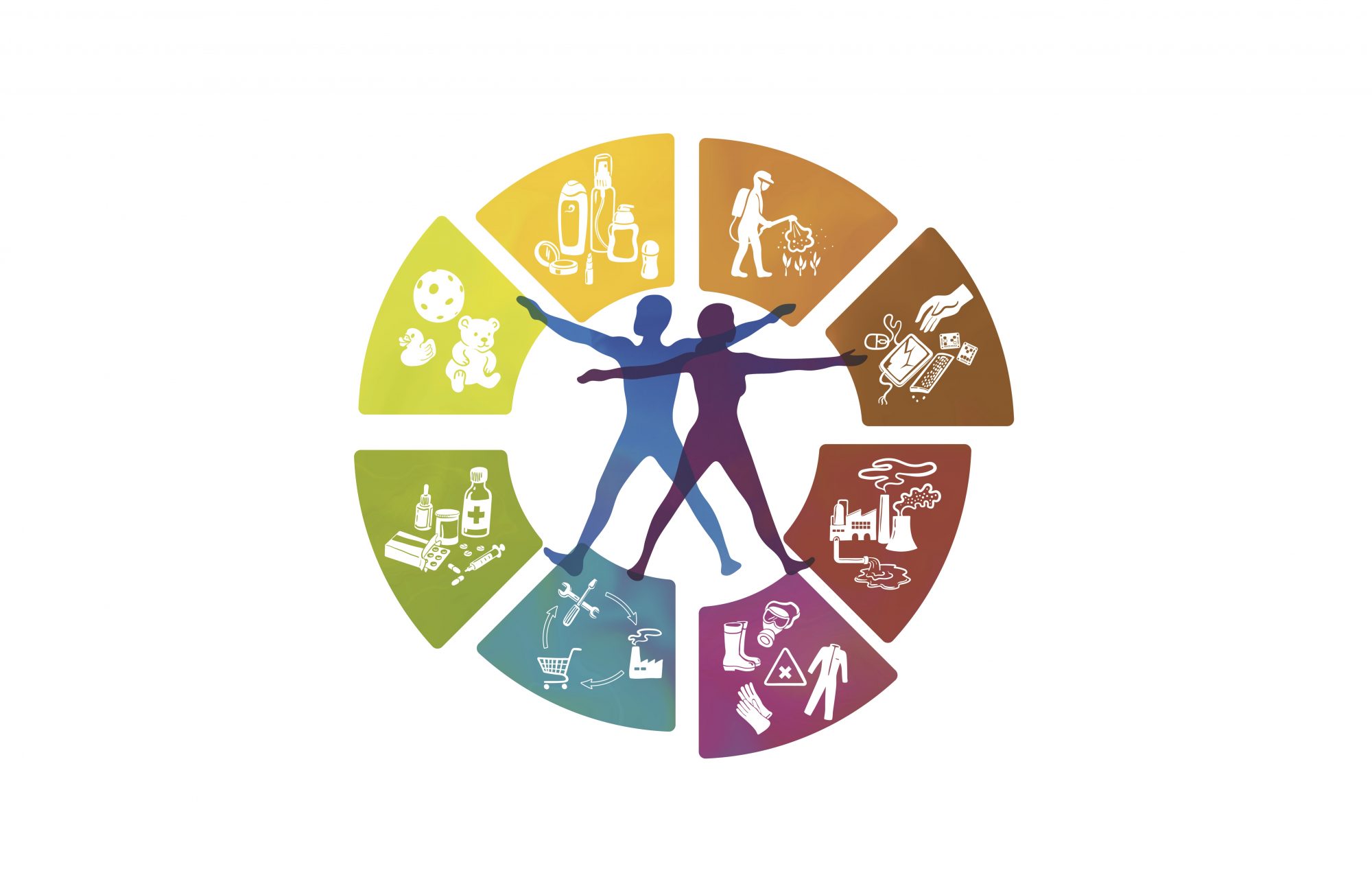

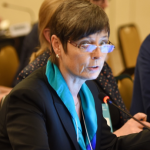
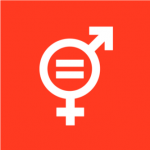
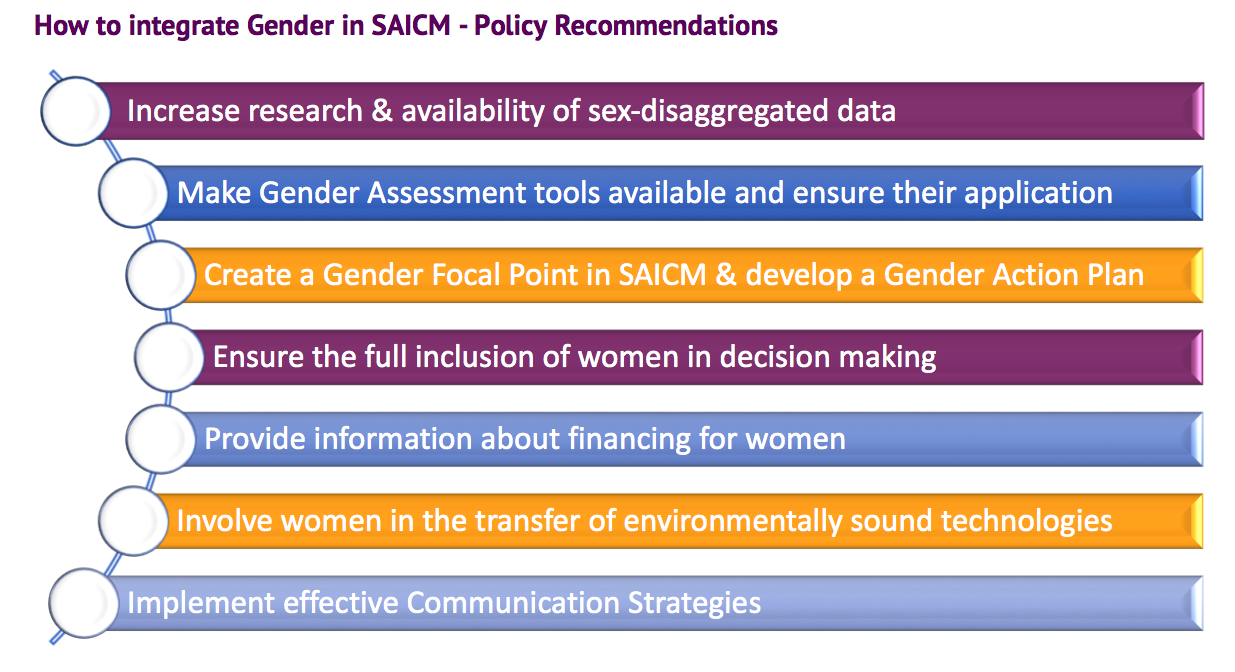
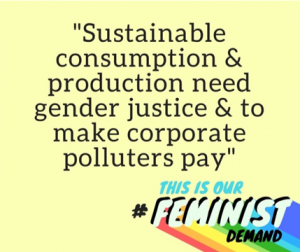
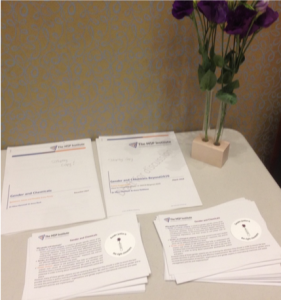

 The HLPF itself concluded by adopting a negotiated, but not legally binding,
The HLPF itself concluded by adopting a negotiated, but not legally binding, 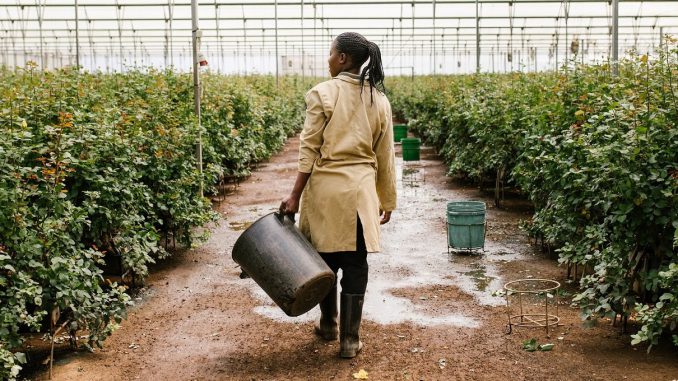

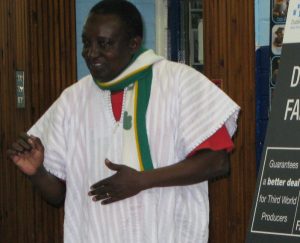
 sex-disaggregated data, analyze gender roles and identities and how they impact our interactions with chemicals and waste along the whole life cycle. But how to go about that?
sex-disaggregated data, analyze gender roles and identities and how they impact our interactions with chemicals and waste along the whole life cycle. But how to go about that?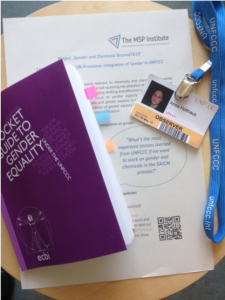
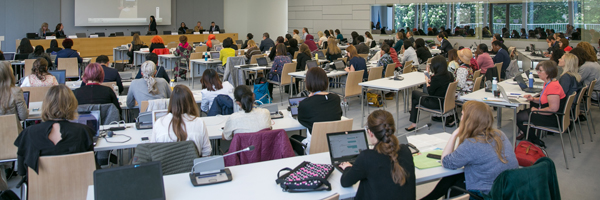
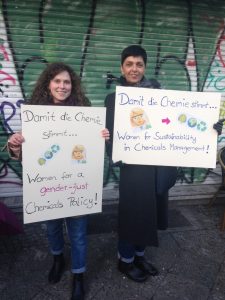
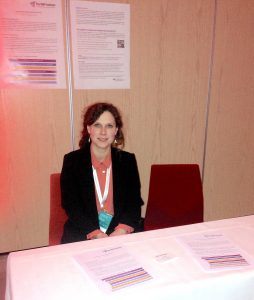
 With the year 2020 fast approaching, Strategic Approach to International Chemicals Management (SAICM) and its stakeholders are currently
With the year 2020 fast approaching, Strategic Approach to International Chemicals Management (SAICM) and its stakeholders are currently